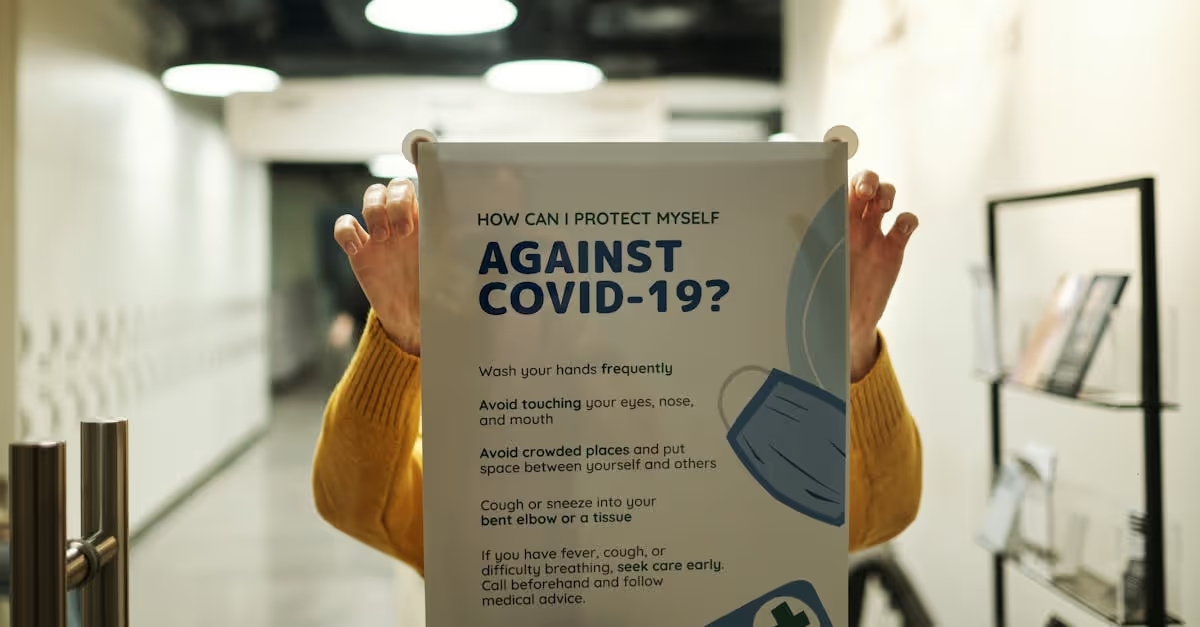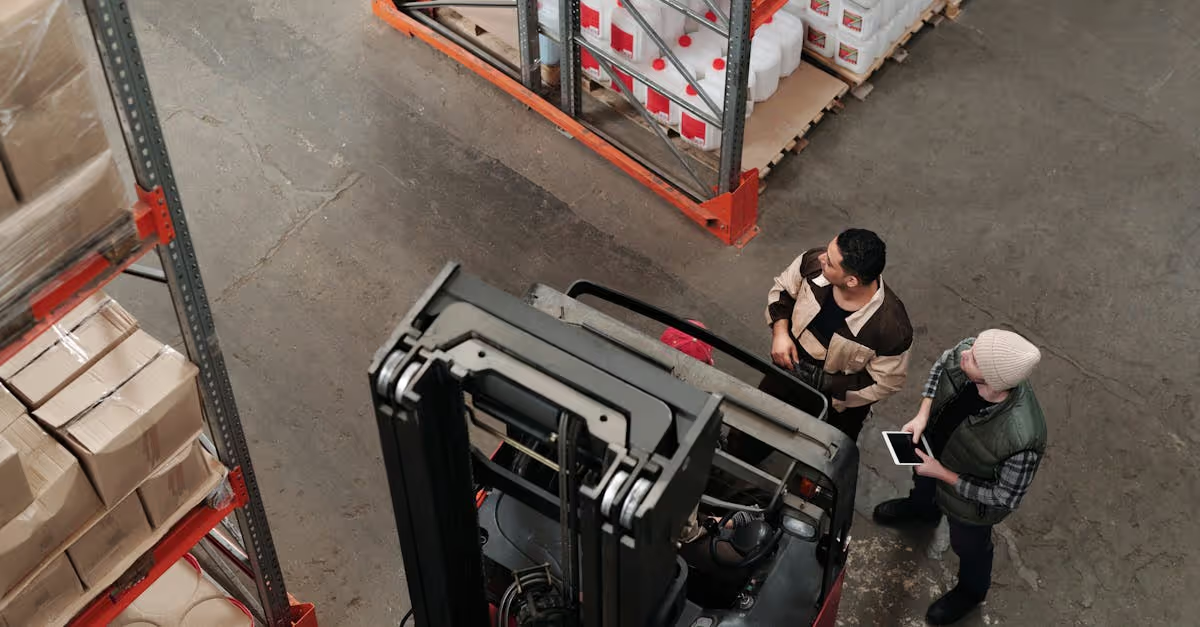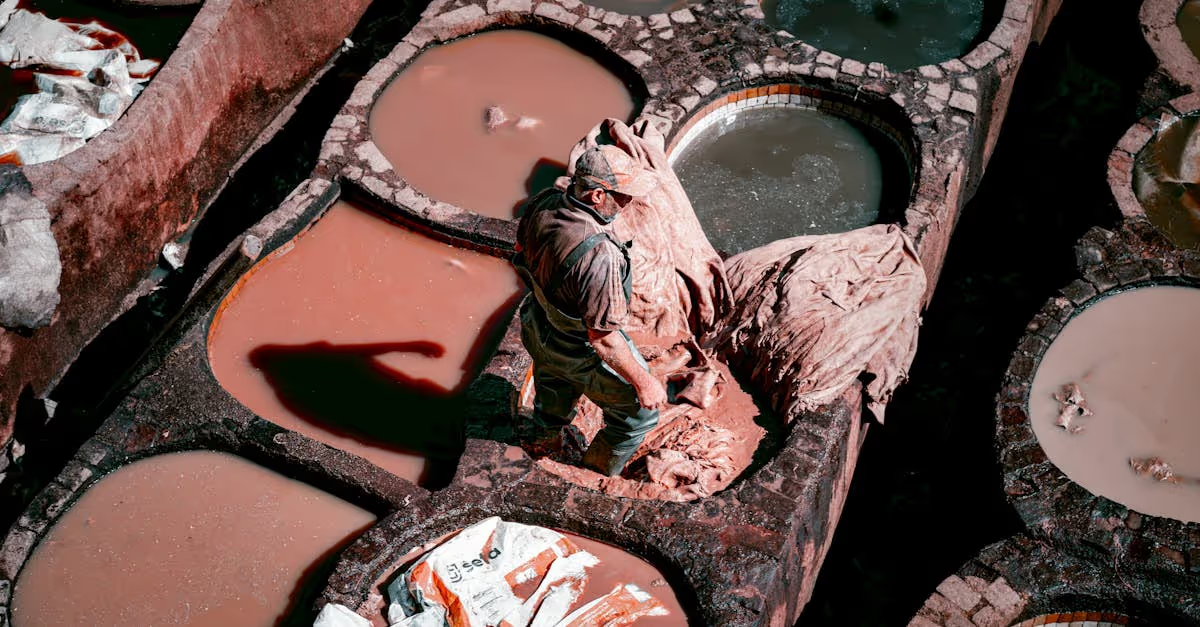Key Takeaways
- Chlorine's Importance: Chlorine is essential for pool sanitation, effectively killing bacteria and algae while maintaining clear water for swimmers.
- Optimal Chlorine Levels: The recommended chlorine level for pools is between 1 and 3 ppm; regular testing is crucial to ensure water safety.
- Safe Handling Practices: Always wear personal protective equipment (PPE) like gloves and goggles when handling chlorine to prevent skin irritation and inhalation of fumes.
- Signs of Overexposure: Be aware of symptoms like coughing, skin rashes, or watery eyes, as these indicate potential chlorine overexposure and the need to adjust levels.
- Alternative Solutions: Explore alternatives to chlorine, such as saltwater systems and natural sanitizers, for a more eco-friendly and pleasant swimming experience.
When it comes to maintaining a clean and safe swimming pool, chlorine is often our go-to solution. In fact, about 70% of residential pools in the U.S. rely on chlorine for sanitation. While it's effective in killing harmful bacteria and algae, improper usage can lead to health risks and environmental concerns.
Understanding Chlorine and Its Role in Pools
Chlorine plays a vital role in keeping our pools fresh and safe. It's a key player in eliminating harmful bacteria and algae, protecting our swimming experience.
What Is Chlorine?
Chlorine is a chemical element commonly used for sanitizing water. Its primary function in pools is to kill bacteria and other contaminants. We find chlorine in various forms, including liquid, tablets, and granules. Each type has different concentrations and dissolving rates. This versatility makes it easy to apply based on our pool size and specific needs. Using chlorine effectively helps maintain clear water, making our swimming environment enjoyable.
How Chlorine Works in Pool Sanitation
Chlorine operates through a chemical reaction. When added to pool water, it interacts with contaminants, breaking them down and neutralizing them. This process is crucial for preventing algae growth and keeping bacteria at bay. Regular testing of chlorine levels ensures proper sanitation. The optimal chlorine level typically ranges between 1 and 3 parts per million (ppm). Maintaining this balance contributes to a healthy swimming environment for everyone. Proper usage and monitoring help us avoid potential health risks associated with improper chlorine levels.
Proper Usage of Chlorine in Pools
Chlorine plays a vital role in maintaining clean and safe swimming pools. Proper usage ensures a sparkling pool ready for everyone to enjoy.
Recommended Chlorine Levels
Chlorine levels should ideally between 1 and 3 parts per million (ppm). Maintaining these levels prevents algae growth and keeps bacteria at bay. Testing the water regularly helps us track these levels accurately. We can use test strips or liquid testing kits to measure chlorine levels effectively. Too low a level exposes us to harmful organisms, while too high can irritate skin and eyes. It's all about finding the sweet spot for our swim space.
Regularly checking chlorine levels can keep our swimming environment healthy. Monitoring assists us in adjusting the dosage as needed. We must also consider factors like weather, swimmer load, and pool usage when determining chlorine needs.
How to Add Chlorine Safely
Adding chlorine requires careful steps to ensure safety. Always wear gloves and goggles to protect ourselves from splashes. When using tablet or granular forms, add chlorine in the evening or early morning. This timing minimizes sunlight's effects, which can dissipate chlorine quickly.
We can place tablets in a floating chlorinator or skimmer basket for even distribution. If using liquid chlorine, pour it around the pool perimeter while the pump runs to mix it well. Never mix different chlorine types; it can cause dangerous reactions. Following manufacturer guidelines helps us avoid mishaps while ensuring our pool remains a safe haven.
By practicing these methods, we contribute to a clean and enjoyable pool environment for all.
Safety Tips for Chlorine Usage
Chlorine usage requires attention for safety and effectiveness. We must approach this chemical with caution while enjoying our pools.
Personal Protective Equipment
Using personal protective equipment (PPE) is essential. We recommend wearing gloves, goggles, and a mask when handling chlorine. These items shield us from skin irritation and inhalation of fumes. For instance, if one accidentally spills granules, gloves prevent skin contact and irritation. Protective eyewear keeps our vision clear, letting us focus on maintaining a clean pool. Also, consider wearing a long-sleeved shirt to avoid potential skin contact. By taking these simple precautions, we create a safer environment for all who use the pool.
Signs of Chlorine Overexposure
Recognizing signs of chlorine overexposure is vital. If we notice symptoms like coughing, skin rashes, or watery eyes, it’s time to take a step back. Chlorine’s strong odor can indicate its levels are too high. We should pay attention to any unusual sensations in our bodies while swimming or cleaning. If irritation occurs, consider reducing chlorine levels and allowing proper ventilation around the pool area. Remember, if chlorine levels are excessive, take a break and let the pool rest. No one wants to feel like they're at a chemical convention instead of enjoying a refreshing swim! Let's keep our pool experiences safe and fun.
Alternatives to Chlorine for Pool Maintenance
Chlorine isn’t the only option for keeping our pools clean and safe. We can explore various alternatives that offer effective solutions without some of the drawbacks of traditional chlorine use.
Saltwater Systems
Saltwater systems transform salt into chlorine through a process called electrolysis. This means we get the benefits of chlorine while enjoying softer water. Saltwater pools often feel gentler on our skin and eyes, making swim time much more pleasant. Plus, we typically enjoy lower maintenance costs since the system generates chlorine automatically. So, why not consider making a switch? Imagine spending less time balancing chlorine levels and more time enjoying cannonballs. Does that sound appealing?
Natural Alternatives
Natural alternatives like mineral systems and UV systems provide eco-friendly options for our pools. Mineral systems use natural elements like copper and silver to sanitize water, reducing the need for harsh chemicals. Meanwhile, UV systems utilize ultraviolet light to eliminate bacteria and viruses effectively. These methods can create a beautiful environment for swimming without the chlorine smell we all know too well. Could we really make pool maintenance a greener experience? It’s worth exploring these options. Just think of how refreshing a swim without chemical scents would feel!
Choosing the right alternative can open doors to cleaner, safer swimming experiences. The list goes on, considering solar-powered options and ozonation, too. As a community of pool enthusiasts, we can share our insights and experiences with both chlorine and its alternatives for better pool care. Are you ready to dive in?
Conclusion
Using chlorine effectively is essential for maintaining a safe and enjoyable swimming pool. By adhering to the recommended levels and safety precautions we can prevent health risks and ensure a sparkling clean environment for everyone.
Exploring alternatives like saltwater systems or natural sanitizers can also enhance our pool experience while being kinder to the environment. As we continue to share our knowledge and experiences, we can foster a community that prioritizes both safety and sustainability in pool care. Let’s commit to responsible practices that keep our pools inviting and safe for all users.
Frequently Asked Questions
What is chlorine used for in swimming pools?
Chlorine is primarily used to sanitize swimming pools by killing harmful bacteria and preventing algae growth. It helps keep the water clean, safe, and enjoyable for swimmers.
How does chlorine work in pool maintenance?
Chlorine works through a chemical reaction that breaks down contaminants in the water. This process eliminates bacteria and helps maintain clear water, ensuring a healthy swimming environment.
What are the recommended chlorine levels for pools?
The ideal chlorine levels for swimming pools should be maintained between 1 and 3 parts per million (ppm). Regular testing is essential to keep these levels consistent and safe.
How should I add chlorine to my pool?
When adding chlorine, it's important to wear protective gear and do so during times of low sunlight to minimize chemical degradation. Follow manufacturer instructions for safe distribution.
What are the signs of chlorine overexposure?
Symptoms of chlorine overexposure include coughing, skin rashes, and watery eyes. If these occur, reduce chlorine levels and ensure proper ventilation to alleviate discomfort.
Are there alternatives to chlorine for pool sanitization?
Yes, alternatives to chlorine include saltwater systems, which convert salt to chlorine, and other eco-friendly options like mineral systems and UV systems. These can provide effective sanitation with fewer harsh chemicals.
How do I test chlorine levels in my pool?
Chlorine levels can be tested using test strips or liquid kits available at pool supply stores. Regular testing ensures your pool remains safe and healthy for swimming.
What happens if chlorine levels are too low or too high?
Low chlorine levels can lead to bacteria growth and cloudy water, while high levels can cause skin irritation and unpleasant odors. Maintaining proper levels is vital for pool safety and user comfort.






